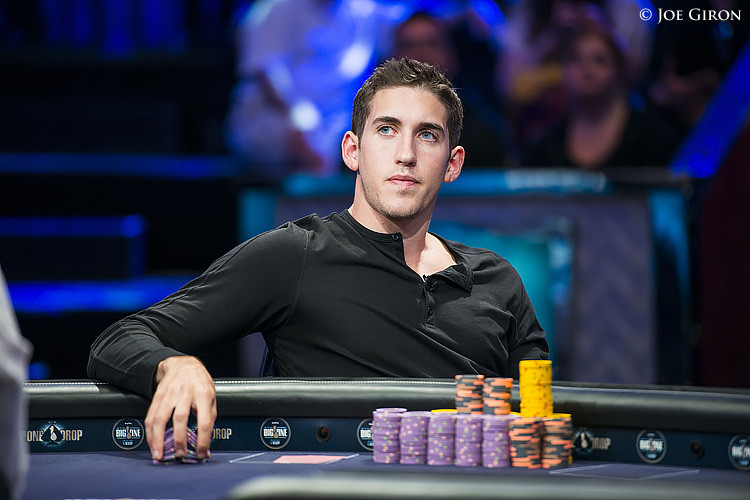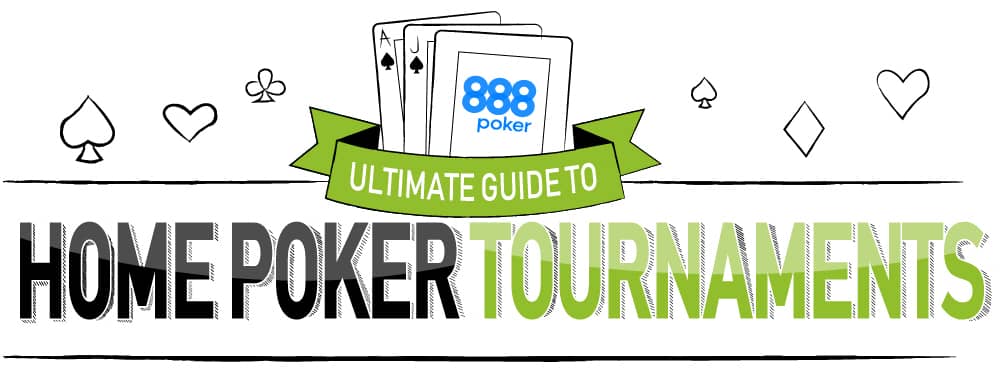linralenhae1988.netlify.com
Friendly Poker Tournament Rules
- Below you will find the 2019 version of the Poker TDA Rules, Recommended Procedures and Illustration Addendum in English. For a downloadable copy in either MS Word or PDF format, and for foreign language translations visit our rules page. POKER TOURNAMENT DIRECTORS ASSN. 2019 Rules Version 1.0, Sept 17, 2019 Longform Version Includes: Recommended Procedures &Continue Reading.
- We recommend Full Tilt Poker for this. Also, if you really start to get serious about hosting your own games, or if you ever need official tournament rules, we recommend this excellent website: Home Poker Tourney. For less experienced poker players, starting off playing free poker online is probably the best start. It can help you learn the.
- All the International Poker Rules are published on this page. The total set consist 79 different rules. These rules are created for the benefit of the beginner, the novice and the professional poker player. When using the International Poker Rules a poker operator supports a fair, transparant and player friendly poker.
Note: The rules described above may vary between tournaments; therefore not all tournaments will necessarily behave exactly as described. DET may not be provided for each tournament; we reserve the right to change these rules without prior notification. Again, we remind you that you, the player, are responsible for your Internet connection. We offer daily poker news, poker professionals' blogs and tweets, exclusive poker videos, thousands of free poker articles, as well as coverage from all major poker tournaments in the world.
Buy-In

Buy-in is the dues (usually cash) every player pays to play at a poker tournament . These dues are put in a prize pool to pay the tournament winner(s).
Typical amount of buy in range from $5/player (small house games) to $10,000/player (world series of poker main event). Sometimes the buy-in is in the form of $50+$5. This means that every player will have to pay $55 to get in the game. However only $50 of it goes toward the prize pool and $5 goes to the “house”. The $5 fee is usually to pay for the host’s costs and profit.
If you are hosting a poker tournament you need to specify the amount of the buy in before the game. Use the following points to choose the best buy-in amount:
- How large (number of players) you want your tournament to be. A larger buy-in translates into fewer players. Therefore, if you want to host a large tournament (Ex. a charity poker tournament), you’ll be better off with a smaller buy-in.
- The amount you and other poker players at the game are willing to lose.
- If you are offering dedicated dealers at every table, free food, or for your own profit, you can add a 10% fee to the buy-in amount.
Advice on Buy-In:
Following are some Buy-In advice and notes to help you run a smooth and organized poker tournament:
- If you are playing for a large amount, it’s better to set longer blind periods such as half an hour. When players pay a considerable amount of money, they want to at least stay in the game for a while. Long blind period stretches the length of the game.
- Players play tighter when the buy-in amount is large. So if you are hosting an expensive tournament with 3 tables or so expect a long tournament (at least 5 or 6 hours).
- As a rule of thumb take cash only for the buy-in money. There will always be players that “forgot” to bring cash with them or want to play on a loan. Keep in mind that YOU (the tournament host) are responsible to pay the winner at the end. So make everyone pay up front. You can simply tell players in question that you “don’t have enough cash at home to cover them”.
- Write down the name of all players and mark their names “Paid” once you take the buy-in money from them
Rebuys
Imagine you’re hosting a tournament with 15 players and your friend busts out early. He has to sit around and watch everyone play until a new game has started. This is where rebuys come in. The rebuy allows the player who just lost all of his chips to buy back in the tournament.
Imagine you’re hosting a tournament with 15 players and your friend busts out early. He has to sit around and watch everyone play until a new game has started. This is where rebuys come in. The rebuy allows the player who just lost all of his chips to buy back in the tournament.
- The rebuy amount should be the same amount as the original buy-in amount.
- Players who rebuy should get the same amount of chips as they received in the beginning of the game.
Advice on Rebuys
A rebuy tournament has it’s own rules and constraints. Following are the most important ones:
- The number of times that players can rebuy should be set before the game starts. It can be 1, 2, 3 or unlimited.
- Rebuys are only allowed in a limited amount of time in the beginning of the tournament. This time is usually set by the number of times that the tournament blind has increased. For example 2 rebuys per player can be allowed during the first 3 blinds.
- Rebuys can be allowed when a player loses all of his chips or the his chip count goes under a certain level. For example in a tournament where players start with 2500 in chips, rebuys can be allowed when a player’s chip count goes under $500. This rules has to be set prior to starting the tournament.
- • Players can only add enough chips to make their stack the original amount. In the above example if a player loses his chips down to 400, he can do a rebuy, but only receive 2100 in chips from the tournament manager.
- • If the player wants to rebuy when he still has chips (less than 500 in the above example) he will still have to pay the full amount for rebuy.
- If you do allow rebuys in your poker tournament, make sure you write down the name of players who rebuy with the number of time they have re-bought.
Once you decide to have rebuys at your tournament, you need to decide how many re-buys you want to allow per player. There are two different ways that you can handle this:

- Limited rebuy: A limited rebuy is when each player can rebuy only certain number of times. After rebuying that many times, he/she is out of tournament.
- Unlimited rebuy: In an unlimited rebuy tournament, players can rebuy (buy back) as many times as they want, until the rebuy period is over. A good tournament structure would be to allow unlimited re-buys during the first two/three blinds. Unlimited rebuy also creates larger prize pools.
A poker tournament that does not allow rebuys is called a freezout tournament.
Official Poker Tournament Rules
Effects of rebuy on the game:
- Once rebuys are allowed in a tournament players know that they can buy back if they bust out so the game tends to be looser than normal. This varies by the amount of buy-in and rebuy, but in general you are going to have a looser game with rebuys than without rebuy.
- Rebuys tend to create large prize pools. Let’s say if you have a $10 buy in with unlimited re buys for the first hour with 16 players. Without the rebuy you will have $160 in the prize pool. With the rebuy your prize pool usually doubles or triples. The reason for that is $10 is not much and once people lose they want to get back in the game so they spent another $10 and mostly don’t keep track of how many times they’ve bought in.
Free Poker Tournaments
Basic Strategy Tip
Survivor Poker Tournament Rules
If you are playing at an unlimited rebuy tournament, try to double and triple up fast, but don’t play too loose, and keep in mind if you are doing a rebuy for the fourth or fifth time, you probably should call it the night. After your fourth or fifth rebuy, other players stacks are going to be much larger than the original stack (which is what you would get if you rebuy). This makes it every hard (if not impossible) for you to catch up and be able to make plays if you are re-buying late in the tournament.